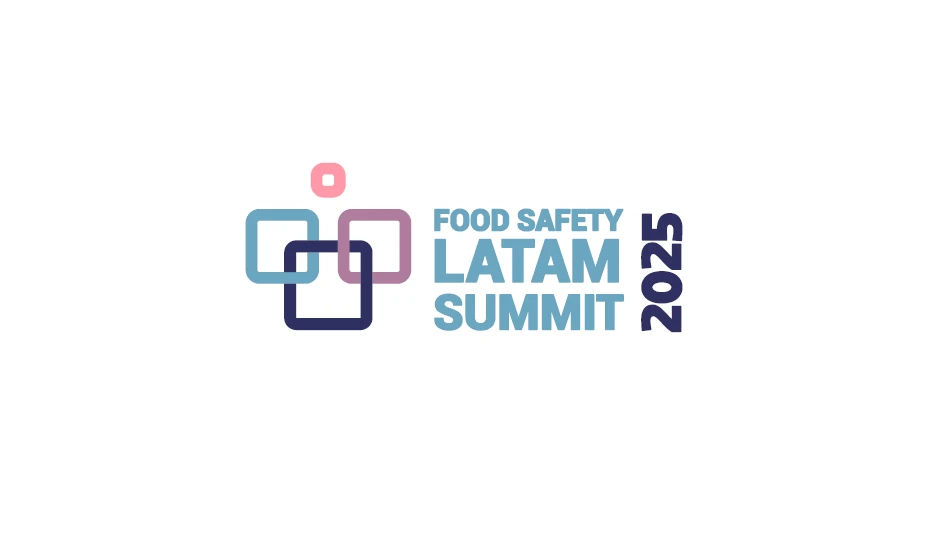

You don’t have to be a food safety professional to know that 2018 was a terrible year for fresh produce safety, especially romaine. The entire romaine supply chain, from growers, shippers, fresh-cut processors, through to those at retail and foodservice who interface directly with consumers, recognize that the public’s confidence has been shaken. The onus is on us to regain it.
Recently, the California Leafy Greens Marketing Agreement (LGMA) took a revolutionary step in mandating that growers producing under the LGMA requirements treat surface water that will be used for overhead irrigation of leafy greens within 21 days of harvest. (The required treatment of surface water recognizes the need to use EPA-approved sanitizers in accordance with label requirements. Further, the industry recognizes the importance of co-management of the environmental and food safety risk and provides notice that the sanitizers must be used in a manner that is in compliance with all applicable environmental protection criteria.) United Fresh commended LGMA’s action, which conceptually aligns with guidance we are developing for the breadth of the fresh produce industry relative to assessing the risk of agricultural water.
LGMA is administered by the departments of agriculture in California and Arizona, which are the two main leafy green-producing states. While participation is voluntary, once committed, growers must adhere to the detailed requirements contained in the metrics. State auditors verify compliance. About 99% of the leafy greens coming out of California and Arizona are produced under this system, which was developed shortly after the 2006 E. coli O157:H7 outbreak associated with spinach.
FDA is just beginning to conduct inspections of fresh produce-growing operations subject to the Produce Safety Rule (PSR). However, the requirements around managing and testing agricultural water are not yet in effect and are likely to change. The popular press and consumer groups tend to focus on this point, suggesting that the industry does not want to test water and is putting public health at risk. Nothing could be further from the truth. For reasons too complicated to explain in this column, United Fresh supports FDA’s reassessment of agricultural-water requirements and believes that the LGMA model should be considered as FDA considers a path forward. That said, not all produce is leafy greens.
The new California LGMA water standards were approved on April 19 and will likely be adopted in Arizona. While there is concern that these metrics may be applied to crops with different risk profiles, the risk-based approach to managing agricultural water has merit and is broadly applicable. Instead of debating how to augment the PSR requirements related to generic E. coli, what the test limits should be, and how many tests need to be taken to show that untreated surface water is safe, the updated LGMA water metrics flip the approach to water safety on its head. The new working assumption is that surface water has inherent risk, and treatment must demonstrate it is effective at reducing the risk of open water sources.
Food safety professionals agree that you can’t test safety into a product. The leafy greens industry is now applying that same philosophy to water: just because a test indicates that water meets certain criteria, we cannot trust that it’s always sufficient. Instead, the water source, conveyance system and the way the water will be used are factored into the risk equation. Thus, the framework, at its highest level, should be adaptable to the wide variety of situations used in fresh produce production.
When it comes to assuring leafy green safety, the change to the LGMA water metrics is not the end of the effort but is just the beginning of a new way of thinking about water. While overhead irrigation arguably presents the greatest risk if contaminated water is used, water is used in a variety of ways and the industry will continue to chip away at those factors that present the greatest relative risk. In the meantime, the rest of the produce industry should begin thinking about whether the LGMA approach has application for their commodities and their farms. FDA regulations for agricultural water are too far down the road to wait for a regulatory requirement. Read the LGMA guidelines.
Get curated news on YOUR industry.
Enter your email to receive our newsletters.
Explore the June 2019 Issue
Check out more from this issue and find your next story to read.
Latest from Quality Assurance & Food Safety
- FDA Foods Coalition Urges RFK Not to Cut More Resources, Staff
- Bird Flu: What FSQA Professionals Need to Know
- Registration Open for 129th AFDO Annual Educational Conference
- Frank Yiannas, Aquatiq Partner to Expand Global Reach of Food Safety Culture
- World Food Safety Day 2025 Theme: Science in Action
- Ancera Launches Poultry Analytics System
- USDA Terminates Two Longstanding Food Safety Advisory Committees
- Catalyst Food Leaders Announces Virtual Leadership Summit for People in Food






